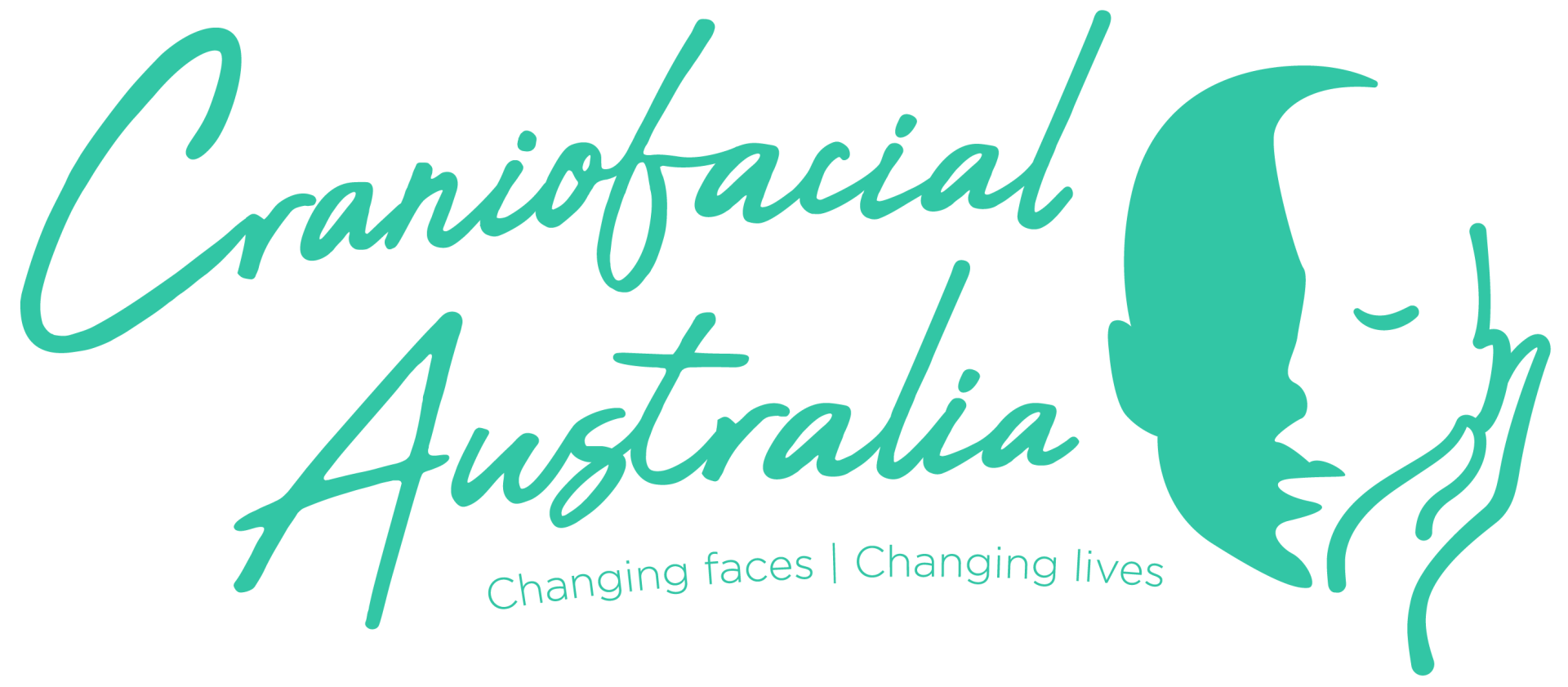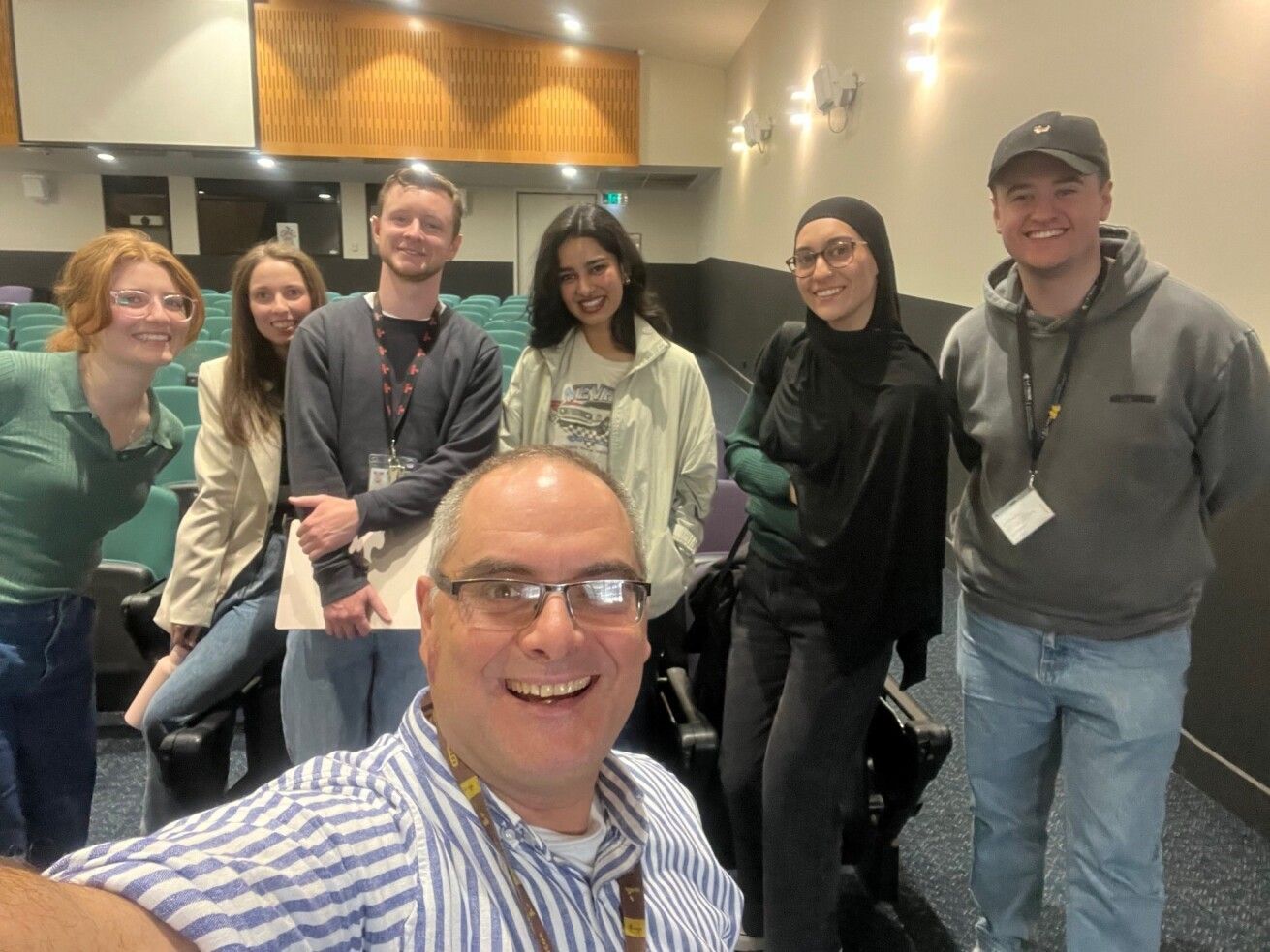PROJECT: Striving for Improved Genetic Counselling and Maternal Supplementation. Characterising the Grainyhead-like 3 (GRHL3) Gene Regulatory Network in craniofacial development
RESEARCHER: Assoc. Prof. Sebastian Dworkin
LOCATION: La Trobe University, Victoria

Summary
Aims to understand the genetic causes of craniofacial defects, which are among the most common birth defects globally. Currently, the causes of
~50% of craniofacial defects are unknown, or incompletely established, hence the goal is to broaden our understanding of craniofacial genetics.
Project Breakthroughs
The project team discovered that a specific gene family, the GRHL genes, are crucial for the development of the face and head, specifically by regulating the function of numerous other genes.
Using extensive identification and characterisation techniques, it was discovered that the identity of several of these genes govern normal craniofacial development. Notably, the team experimentally validated a new genetic relationship that controls the development of the palate and the fusion of the neural tube, the embryonic cells that will eventually form the brain. This was an unexpected finding, because it confirmed that similar molecular pathways drive the development (and fusion) of both the hard palate and the brain, which may explain why some babies are born with both craniofacial and neural tube defects.
Project Outcomes
This research could not only lead to improved outcomes for affected individuals through improvements in maternal diet and health during pregnancy, but it will also contribute foundational knowledge to the broader field of developmental biology and genetics.
Impact on the Future
These findings have significant implications for the future. We have now discovered many other genes, of largely unknown function in craniofacial development, that we believe are involved in craniofacial defects in humans. New genetic models of these are now being established, using the well-established zebrafish and mouse animal models to validate the findings.



